

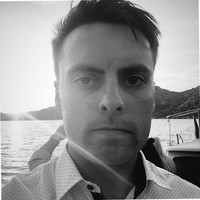
Black and White Hides a Thousand Sins...
Hi, my name is Philip Cook. I am currently studying for a BSc (Hons) in Project Management at the University of Portsmouth, Law and Business School. Additionally, I will achieve attaining the APM PMQ qualification and an Apprenticeship EPA (End Point Assessment) will be undertaken.
During the course, I hope to further my technical abilities in Project Management; gain understanding and practical experience on the methodologies; as well as further enhancing one of the most important, but overlooked qualities of a Project Manager, soft skills.
Currently I work for an Aerospace Engineering company, Hamble Aerostructures Limited, an Aernnova Company (formerly GE Aviation). My current role is a Commercial Engineer, categorised under sales, but with strong engineering requirements. Responsible for new product bids, repairs/spare/scrap pricing, data analysis and other activities as required. The role requires good team ethics and interpersonal skills due to its inherent cross functional nature.
Below is my career history up-till now.
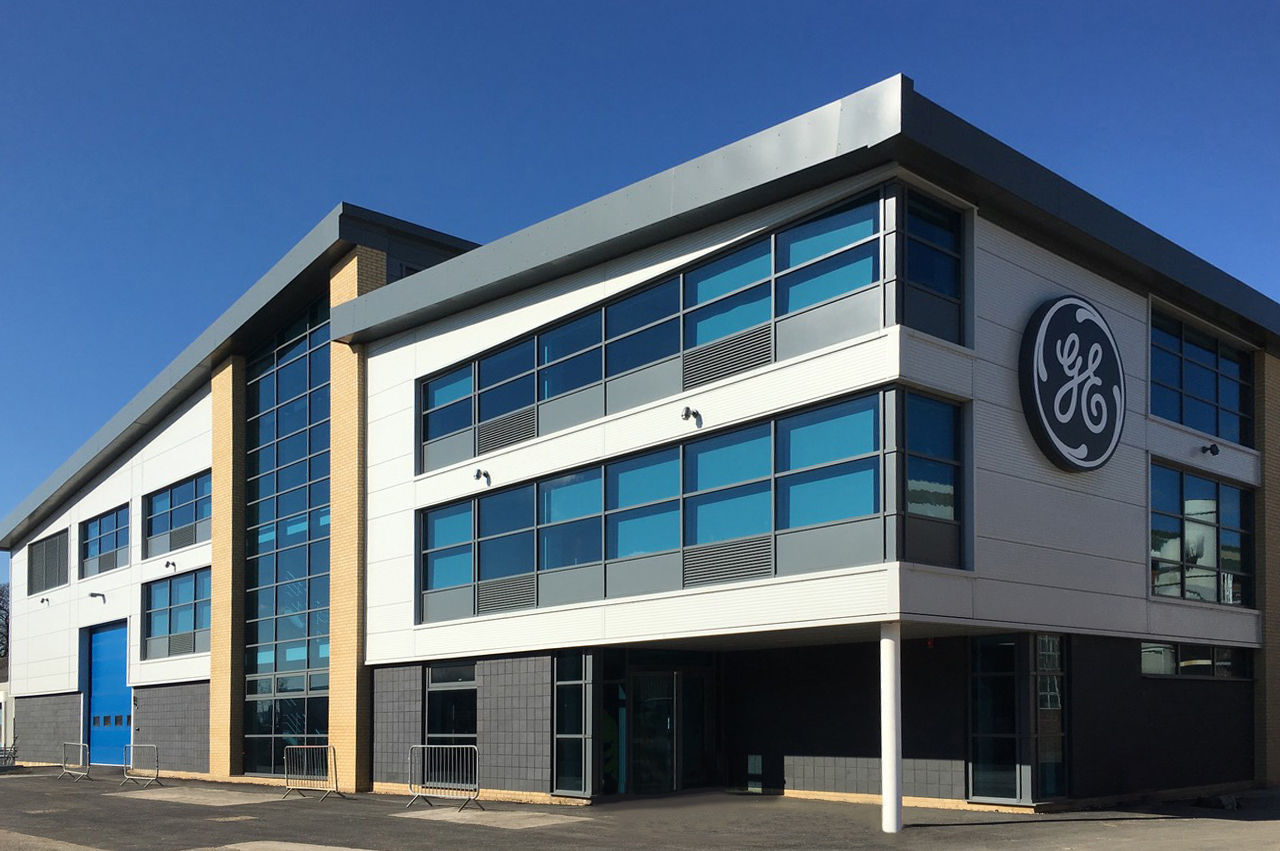
Built 2014 for increased capacity
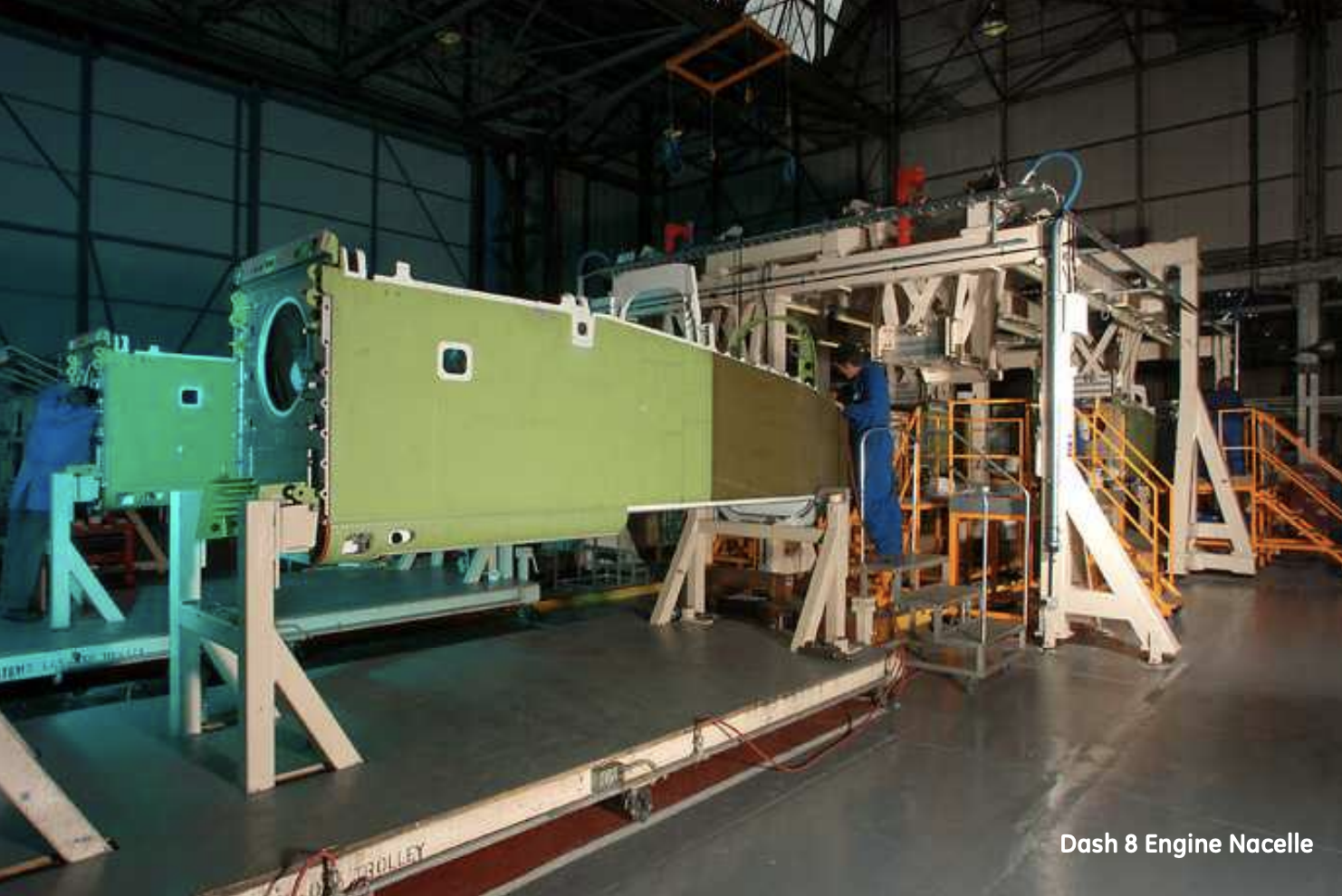
Large Nacelle (engine bay) we make for the Dash 8 Airplane
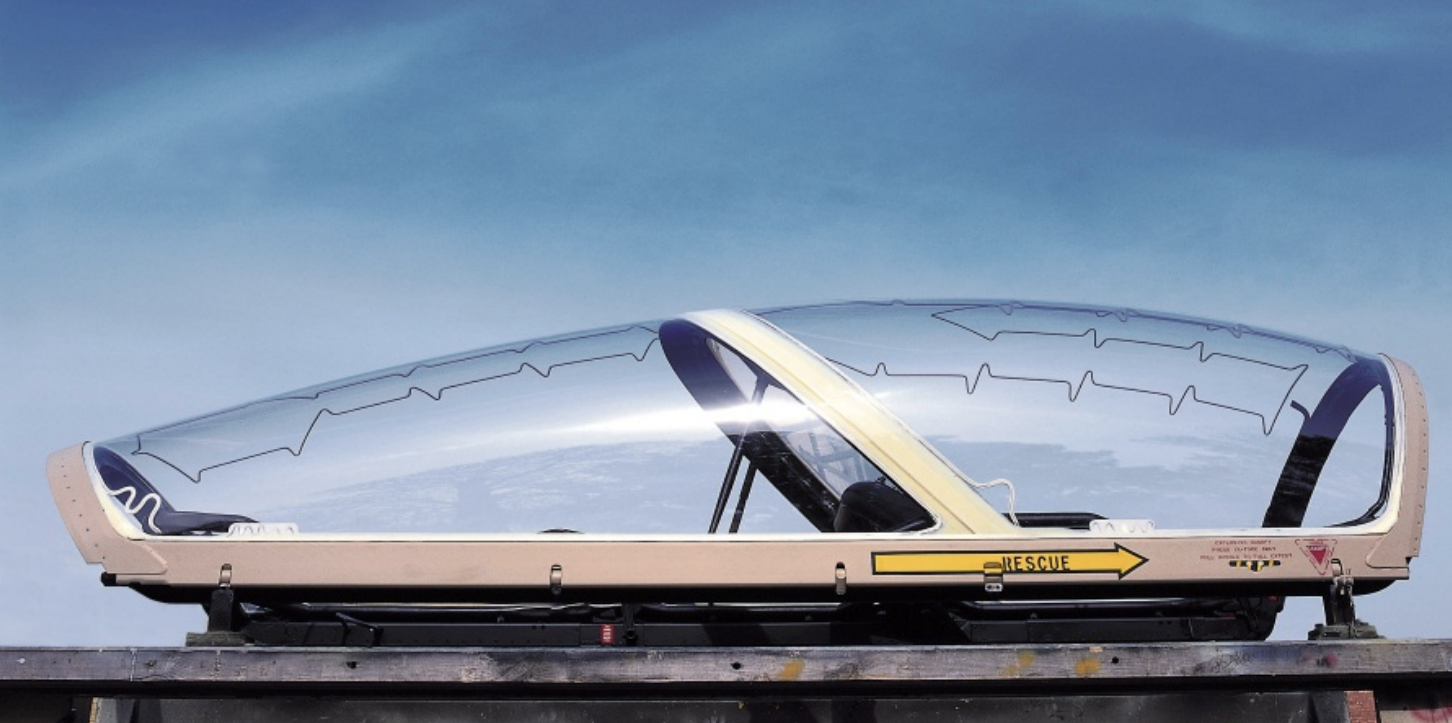
Canopy for Training Fighter Jet, the Hawk
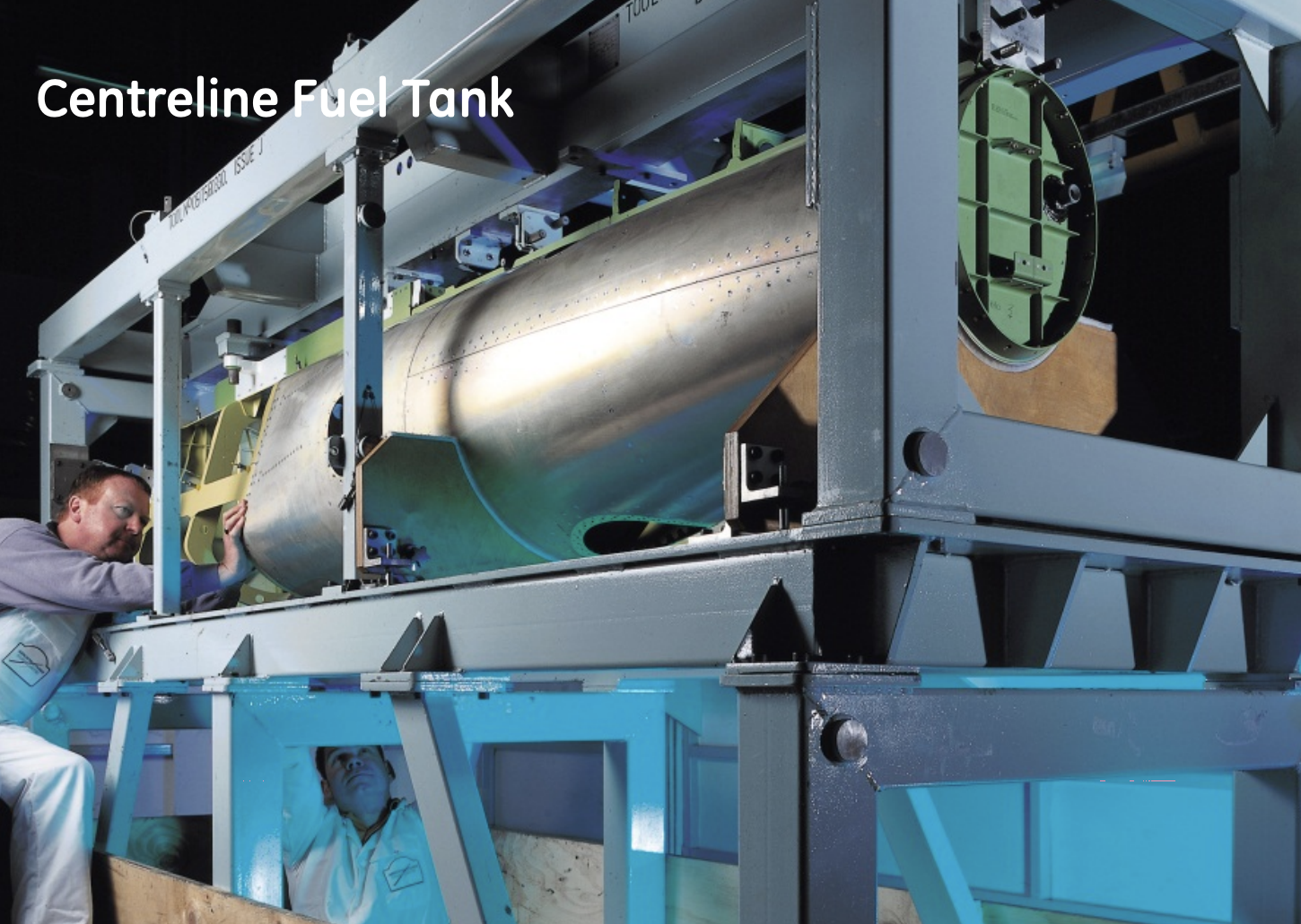
Fuel tank for the BAE Hawk
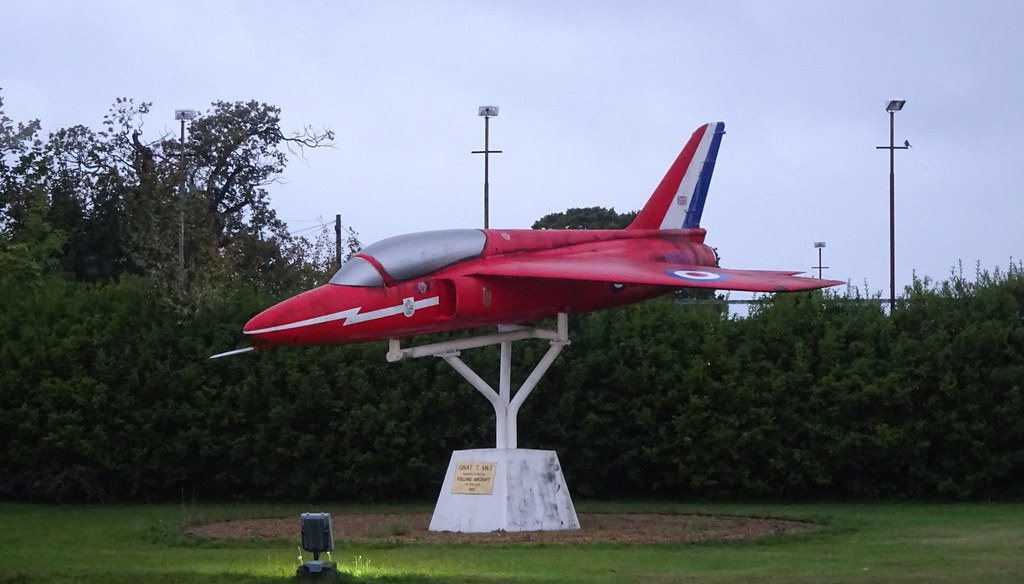
Old school mass-prod fighteer jet we used to make
Hamble Aerostructures Limited (HAL), an Aernnova Company; has recently changed hands (January 2020), formerly we were GE Aviation. The site has changed hands many times over the 80 years of existence, amounting to 12 different owners altogether.
At HAL we design, engineer, manufacture, treat, machine and assemble aircraft composite and metallic components and structures. With a revenue of circa ~$200m; a head count of around 700; and customers such as Airbus, BAE and Bombardier; we are a small structures company, but with big impact.
Some of our biggest project include the design and manufacture of the Airbus A350 Trailing Edge Details (TED) and Trailing Edge Secondary Structure (TESS); the build of over 500 Dash 8 Nacelles for the Bombardier Dash 8 Aircraft; 50 years of BAE Hawk Canopy production; and numerous other Military and Civil programmes.
We have been Taken over by Aernnova, and now form 25% of its entire business, both in headcount and revenue. Now, more than ever it is important that the inevitable upcoming changes are managed effectively, and the project managers are performing consistently and productively across the business.

Newest building at HAL Ltd, the brand new composite facility; with the latest technology; embracing the digital world with high tech monitoring.
It's important to plan ahead and set yourself goals, not just professionally, but personally too. Goal setting ensures that you have an aim, and this makes you work hard for it. Without an aim, you have no reason to improve, no reason to save, no reason to get fitter. Why bother, what are you doing it for? You have no aim.
Sometimes these deadlines can be soft, sometimes they will be hard; but the important thing is that you are working towards bettering yourself to some capacity, be it promotion, buying a house or marathon. Everyone has room for improvement, no one is perfect; you just have to be honest and critical with yourself and decide where these imporvements can be made. Or, perhaps you just want something to boast about down the pub, and that's fine too!
This is not an exhaustive list of my goals, as I am a notorious planner and goal setter (which drives my misses loopy), but this is a selection of some of the more related goals that I have, and a few that are not.
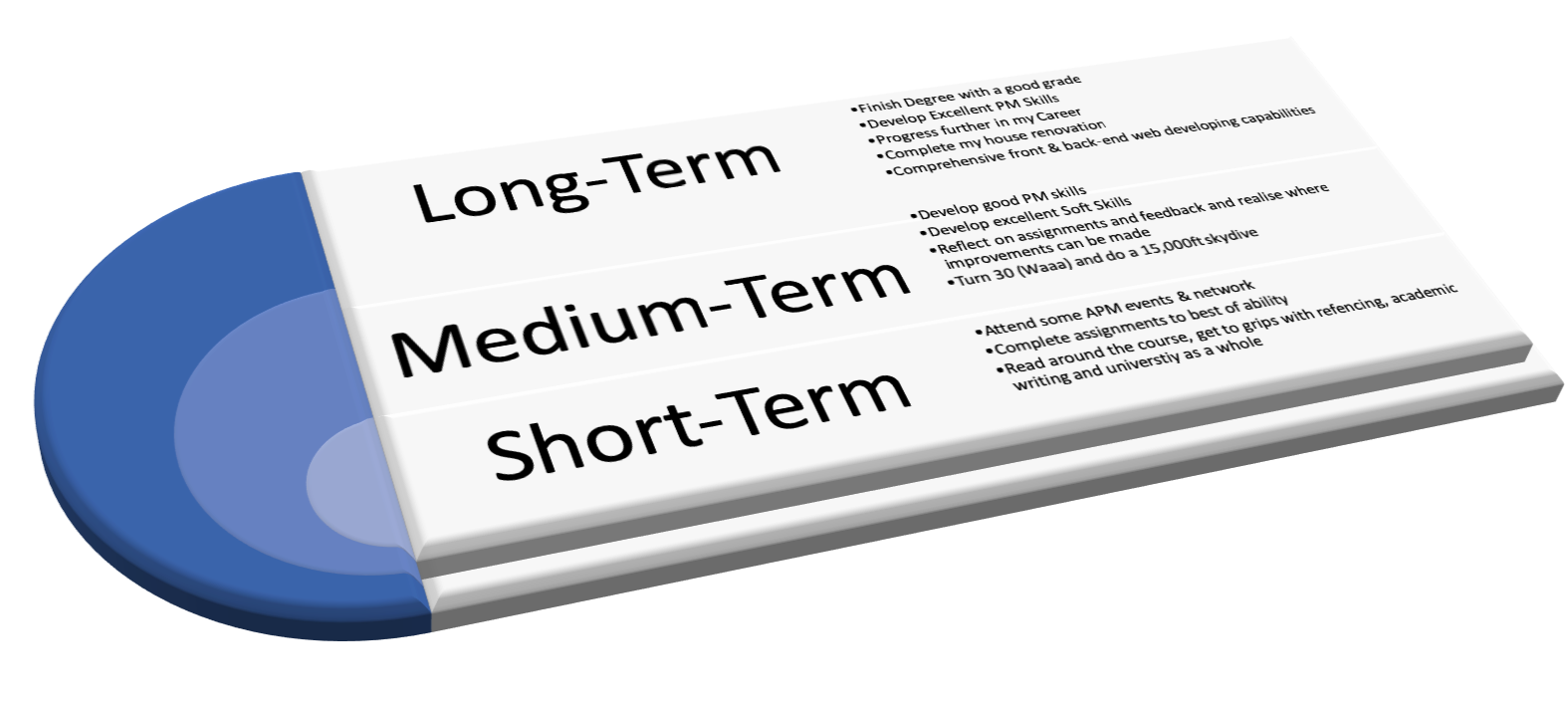
Some of the major goals/milestones that I'd like to complete during the next few years seperated by how far away they are.

What kind of personality am I?
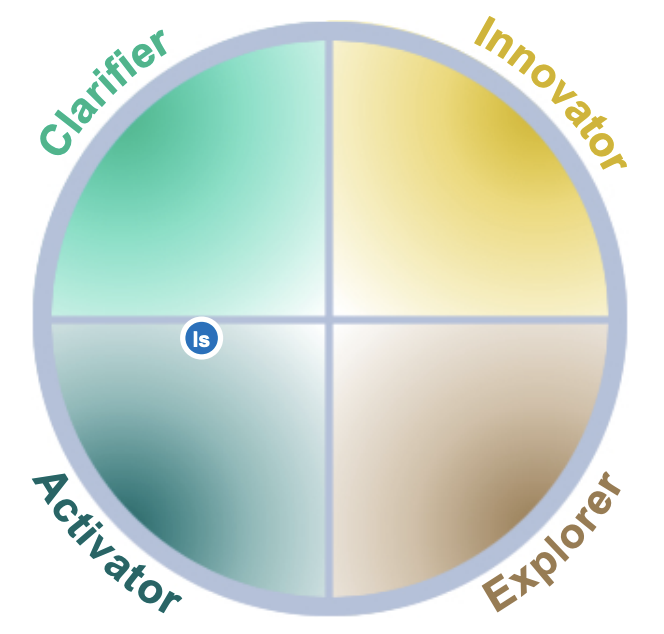
What is my learning style?
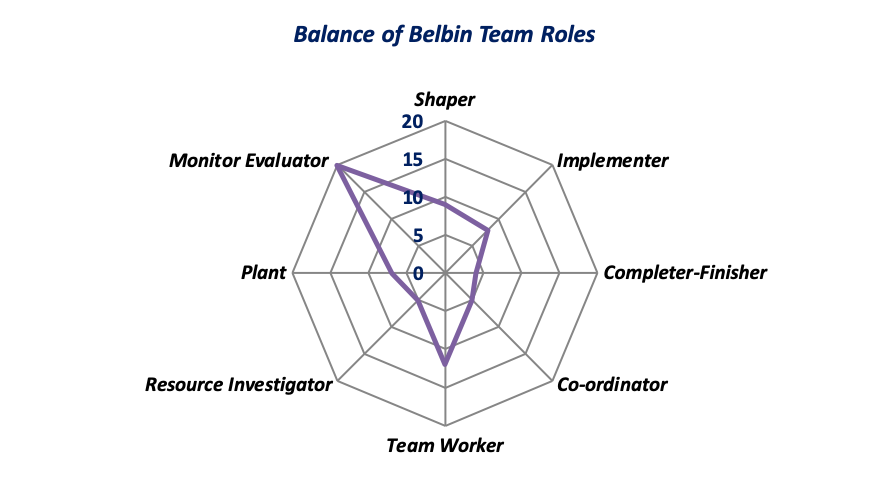
What doews Belbin say about my team role
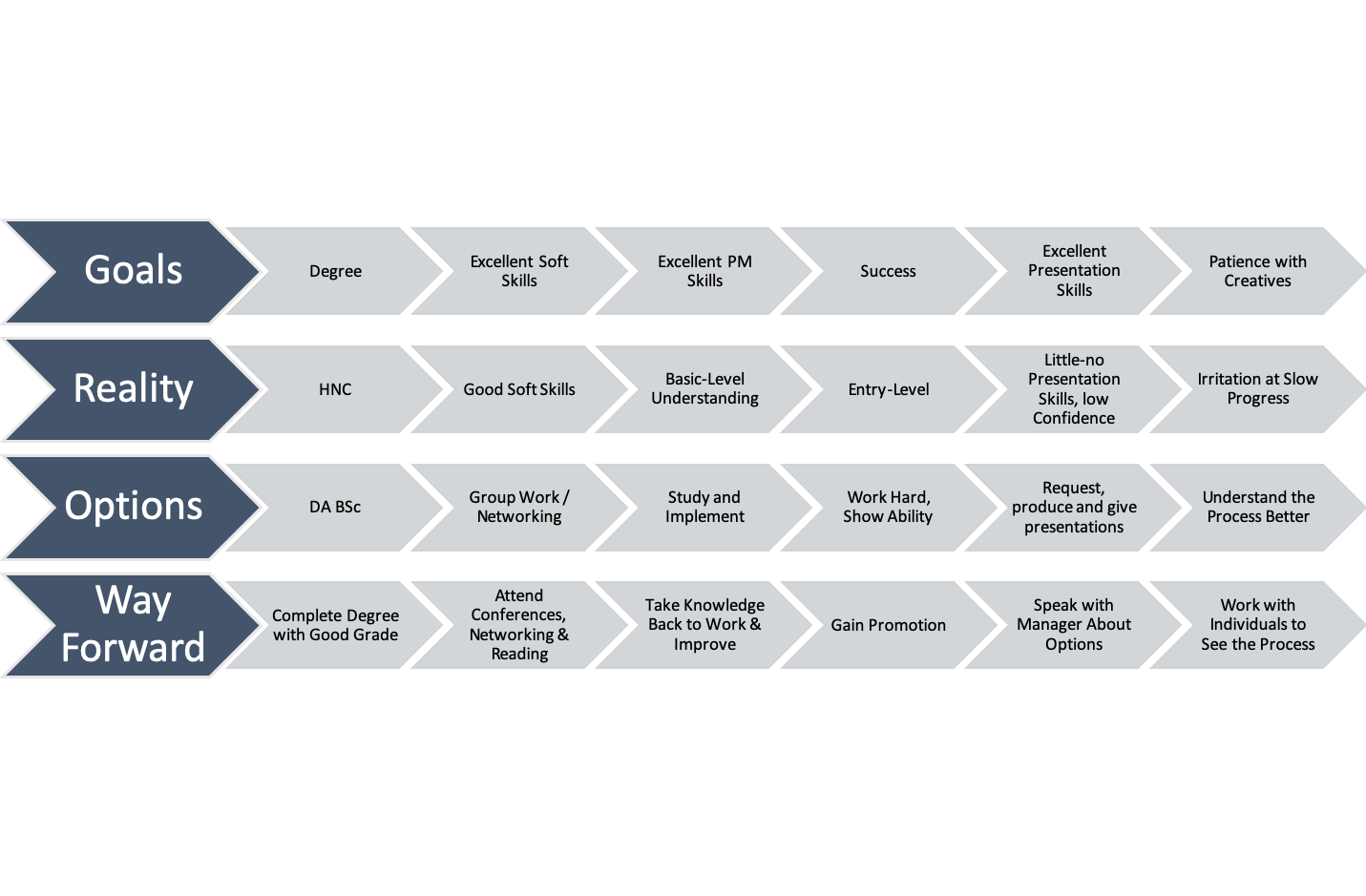
How do I plan on Growing?
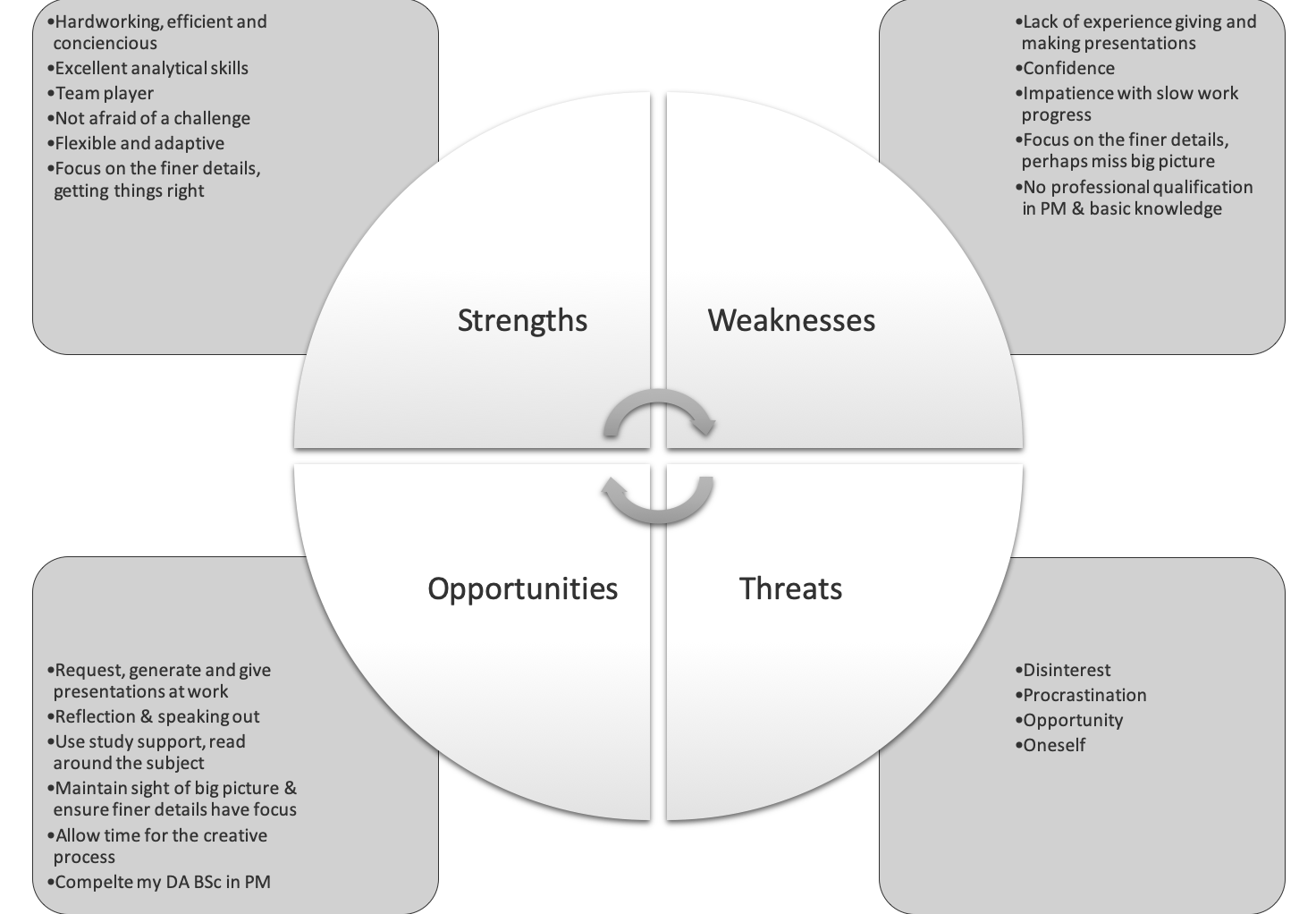
My Strengths, weaknesses, etc...

Profling for Success suggests that I am the personality type of Inspector
Profiling is an objective and impartial (to a degree) way to assesss what personailty traits you have, and what kind of colleague you would make. A questionnaire is filled out, where you vote on a sliding scale of where you feel you sit in regard to the statement. Number crunching by a computer then tells you what your "personality" is.
It is diffuclt to give an objective representation of yourself, as you will inherently have some bias. You'll want to be the best you. So this forces you to measure yourself, but there are no wrong answers. This can bring light to some areas you may need to work on based on your persoinality trait that is presented.
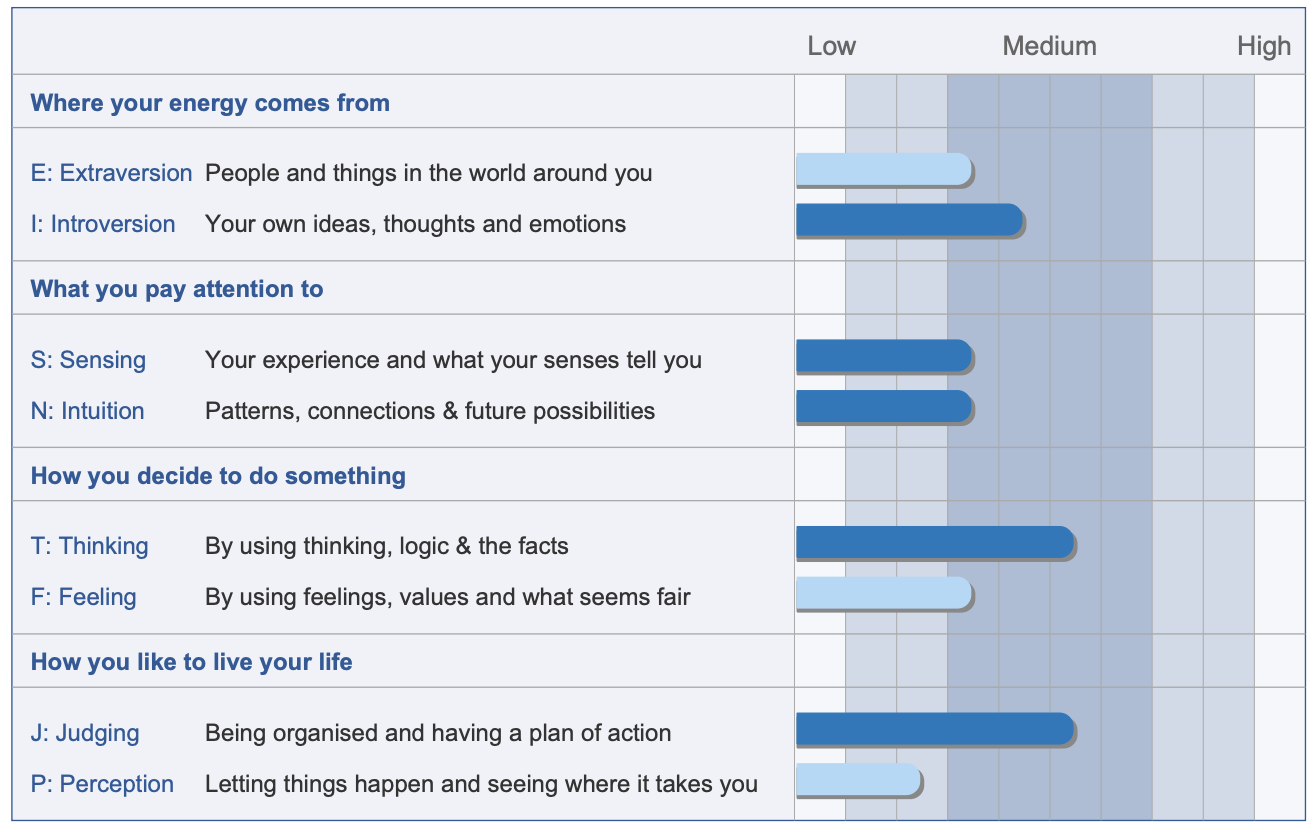
From the above chart above you can see that I am fairly evenly spread across most of the styles
All of the elements are fairly even, which means I am fairly adaptable depsite erring towards Inpector. I fall a decent way into "judging - organised and likes a plan".
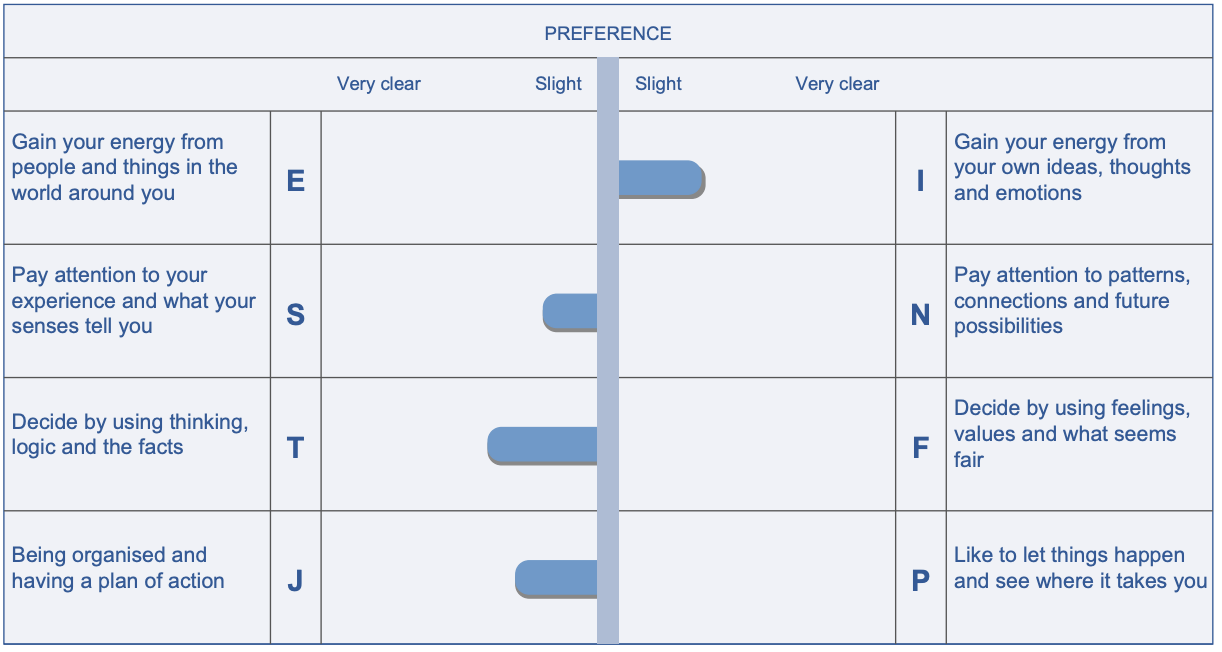
From the above chart above you can see that I am fairly evenly spread across most of the styles
Further to the previous, while I have some preference, all of them reside in the "slight" region. This "corridor" type result suggest I am adaptable; I use both styles in my day-to-day life, and adapt the style that is required dependant on the circumstance. However, it could also mean I am unclear, which may cause tension; however this is not soemthing I believe is the case.
I can see some of myself in these descriptions, the only thing I disagree with is that I believe I am very flexible, and also show great appreciation for others. However, this may be down to the fact that I am a "corridor" preference.

Profling for Success suggests that I have the learning style of Activator / Clarifier
This means I sit somewhere between the two, to which I would agree somewhat, so:
With regard to this analysis, this means that I am somewhat unlikely to innovate (something I do disagree with, as I have made a nubmer of new things at my curernt work). I shows that I have a propensity towards these styles however, therefore it would be beneficial to have other team members that are within the alternative learning styles. This would ensure that as much information and knowledge as possible could be utilised.
VARK, or Visual-Auditory-Reading-Kinesthetic, is another moteholodgy that suggests styles of learning from a different perspective. The VARK model suggests the following:

From the above chart above you can see that I am heavily towards the Monitor / Evaluator profile with some teamworker / implementer weighting
A successful tema should compromise of a number of different individuals that have different skill sets. You need people to plan, people to investigate, people to come up with ideas, etc. From my test, as a Monitor / Evaluator, I lie in the "thinking" realm; typically I would be best utilised in the planning stages of a project.
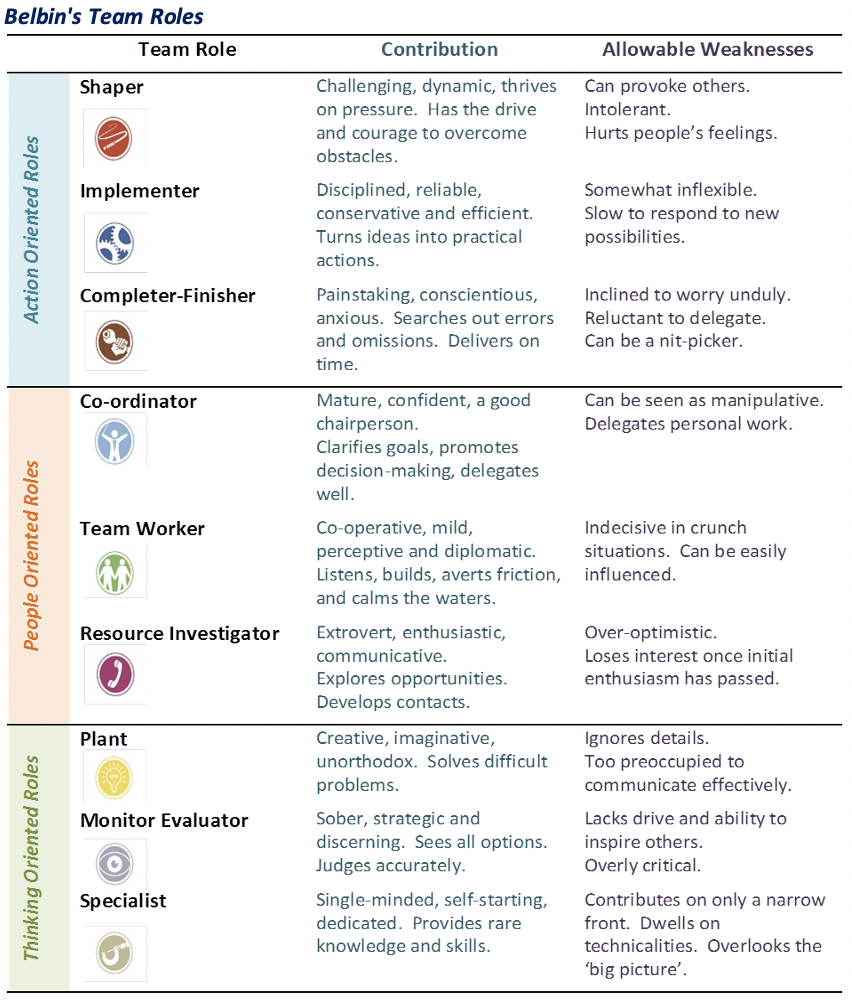
The above shows all the roles and their strengths and weaknesses
I believe I am probably more of an activator than suggested, but perhaps my ability to do a wide breadth makes me more versatile. I believe I am a tactile learner, and I'd class myself as Kinesthetic.
With regard to the Belbin Teams model, I believe there is something to be said about the result. I would agree with the strengths, however I am believe I am very ambitious and also highly supportive of my colleagues. This is perhaps something I need to discuss further with my fellow colleageus to determine if that is in fact correct.
SWOT was designed and developed by Albert Humphrey during his post at the Stanford Research Institute between 1960-1970. It is a method that can be used for analysing a variety of thing such as projects, processes and also oneself. Here, I use it for the latter.
One issue with this is it's entirely self reliant on the person creating it to give honest and accurate accounts. Below, I give what I believe are my SWOTs, those marked with an (I) happen to relate to my traits identified from the personality testing. Those with (Iopp) is where I believe I am the opposite to what my traits suggest.

Newest building at HAL Ltd, the brand new composite facility; with the latest technology; embracing the digital world with high tech monitoring.

My GROW considerations
The GROW model was designed and developed in the 1980s by business coaches Graham Alexander, Alan Fine and Sir John Whitmore. It is a simple methodology that gets the individual to critically look at oneself and understand what they want, where they are, what they can do to ge there, and how they'll do it. These are important steps in order to realise self-improvement.
At present I believe there are 6 key goals that would be very beneficial to my success in my career. I have identified the following goals, and below each detailed what the reality is, what my options are, and how I can proceed to achieve the goal:
From the above you can see that there are a lot of thiongs that I can improve on, and there are a lot of obstacles along the way. I may not be able to avhieve all of these, but I will work to achieve this. Below is my PDP.
I have ommited anything that I would not see as pertinent to the APM framework and this course, sucha s webdesign and house renovating. These are things I'm looking to do alongside, but do not need including here.